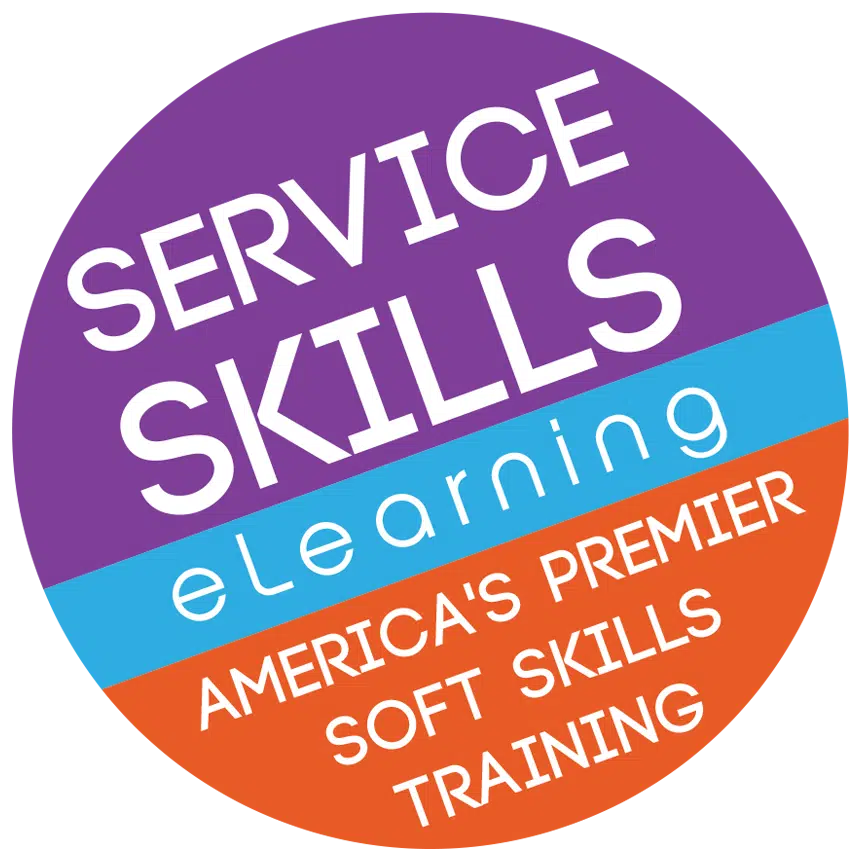Four tips to get the most out of your customer service training investment
Investing in customer service skills training can look many ways depending on a variety of factors; these might include the size of your organization and the number of employees who need training, the depth of the training desired, and the overall quality of training you’re looking for. As with most things, you’ll get what you pay for with customer service skills training. If you’re going to be spending some of your much-needed resources on providing training for your employees, you’ll want to be sure you’re getting the most value possible out of that training.
Unfortunately, while there are many customer service skills training providers and online resources, these are not all created equally. There are several things to consider when choosing a training provider (see our blog post on what to look for in a customer service training provider to help you make that important choice). Once you’ve made the big decision, you’ll want to ensure that you’re using that training to its full potential. Here are four tips to keep in mind to ensure you’re getting everything you can out of your investment.
- Make the case for enthusiastic engagement

However, you can make the case for why this training will be worthwhile for employees and why their enthusiastic and genuine engagement with it will make their lives easier by equipping them with new skills to handle complex situations. Help your employees to understand why you are asking them to undergo this training rather than simply requiring them to do so. If possible, it might even be worthwhile to allow employees to self-select from multiple training options that most closely fit their desired area of development. Allowing for this autonomy might also help them feel more motivated and bought in to the training, ensuring that the organization gets the most value possible out of the investment.
- Consider core skills first
It’s also important to ensure that your employees have mastered the basic core skills of customer service before you ask them to engage with training which teaches more complicated concepts. This is another reason why providing a choice in the training offered to your employees could be useful. A brand-new employee who has never worked in a customer service role before will likely require very different training from a seasoned customer service representative who is looking to advance their skills to an even higher level. Ensuring that all employees have a solid base from which to build on will increase the effectiveness of the training.
- Don’t assume once is enough
It’s very easy and tempting to treat training activities like a one-off checklist exercise – provide training to your employees, check that they’ve completed it and then move on. However, this is not likely to be the most effective way to ensure you’re getting the most value from your investment. Rather, whenever possible within the constraints of the training provider (as some providers might only allow employees to engage with material once), encourage employees to revisit content and re-do certain elements of training. Employees will process thing at different speeds, and repeating the same training might help some employees to cement their new knowledge so they can confidently put it into practice.
- Reinforce skills at the organizational level
In the same vein as allowing for repetition in training, the skills you are asking your employees to learn should also be reinforced across the entire organization. It might be useful to ask employees to teach other teams about new strategies that they learned through their training and allow them the opportunity to discuss together how this could benefit their larger teams, departments and organization. Additionally, it can be useful to adopt some of the strategies taught in customer service skills training as overall organizational practice.
For instance, if certain employees were asked to complete training on best practices for using email communication, they might engage with the ServiceSkills Email Matters series. The organization could then use what they have learned to generate policies around how employees use email communication to ensure that a high level of service is consistent across the board. Repetition and reinforcement of this kind ensures that the investment made in providing customer service skills training contributes to lasting improvements in customer service beyond individual employees.











